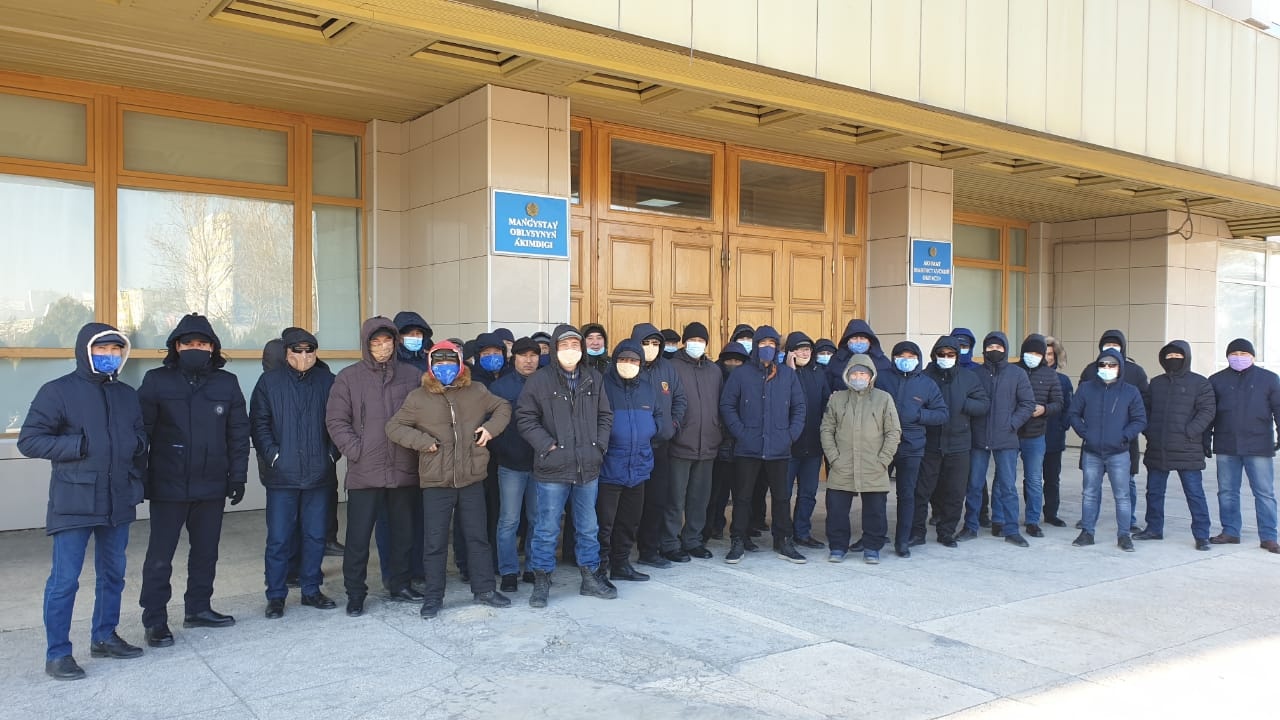
In Britain, rabbits are the most common mammals hit by airplanes, according to a new study that shows an annual 68% global increase in mammals struck by aircraft. Photo by Samantha Ball
Feb. 3 (UPI) -- Pursued by poachers and pushed out by development and deforestation, many of the planet's terrestrial mammal species are increasingly threatened by human activities -- including air travel.
According to a new study, published Wednesday in the journal Mammal Review, mammals are being killed and maimed by aircraft at greater rates than ever before.
Every year, planes strike thousands of animals. Most of the animals are birds, but according to a newly analyzed strike data from national aviation authorities in Australia, Canada, France, Germany, Britain and the United States, mammals are also getting hit at prodigious rates.
Over the last decade, mammal strikes by aircraft have increased annually by an average of 68 percent.
"Mammals are incredibly diverse and those involved in strike events are no exception," lead study author Samantha Ball said in a press release.
"As we identified 47 countries which have reported strikes with mammals, the species involved ranged from some of the world's smallest mammals, such as voles, all the way up to the mighty giraffe and included mammals of all sizes in between," said Ball, a doctoral student in the School of Biological, Earth and Environmental Sciences at the University College Cork in Ireland.
Bats and deer are the mammals most threatened by aircraft in the United States. Bats are also the most common mammals threatened by airplane collisions in Australia.
In Canada, Germany and Britain, rabbits and dog-like carnivores (CAYOTES) are the mammals most frequently struck by aircraft.
Airports work hard to keep birds away from runways, but the increase in aircraft-mammal collisions may require new strategies for warding away animals.
Over the last three decades, mammal strikes caused more than $103 million worth of damage in the United States.
"As strike events can affect everything from passenger safety, airline economics and local conservation, understanding the species composition and ecology of the local fauna at an airfield is paramount for effective strike mitigation," Ball said.







